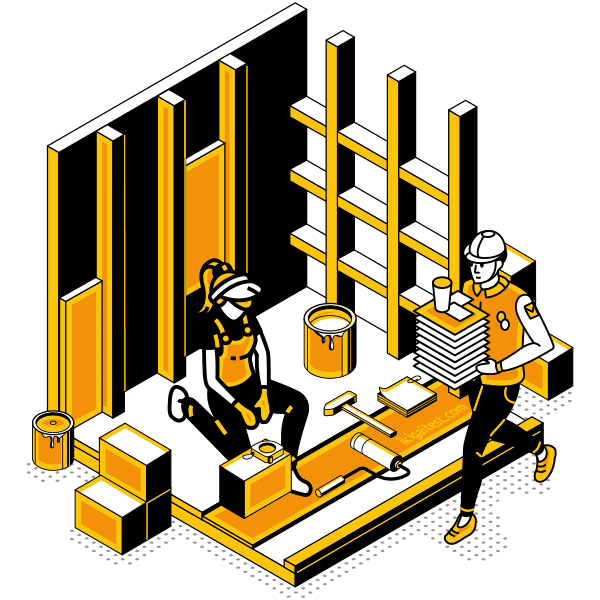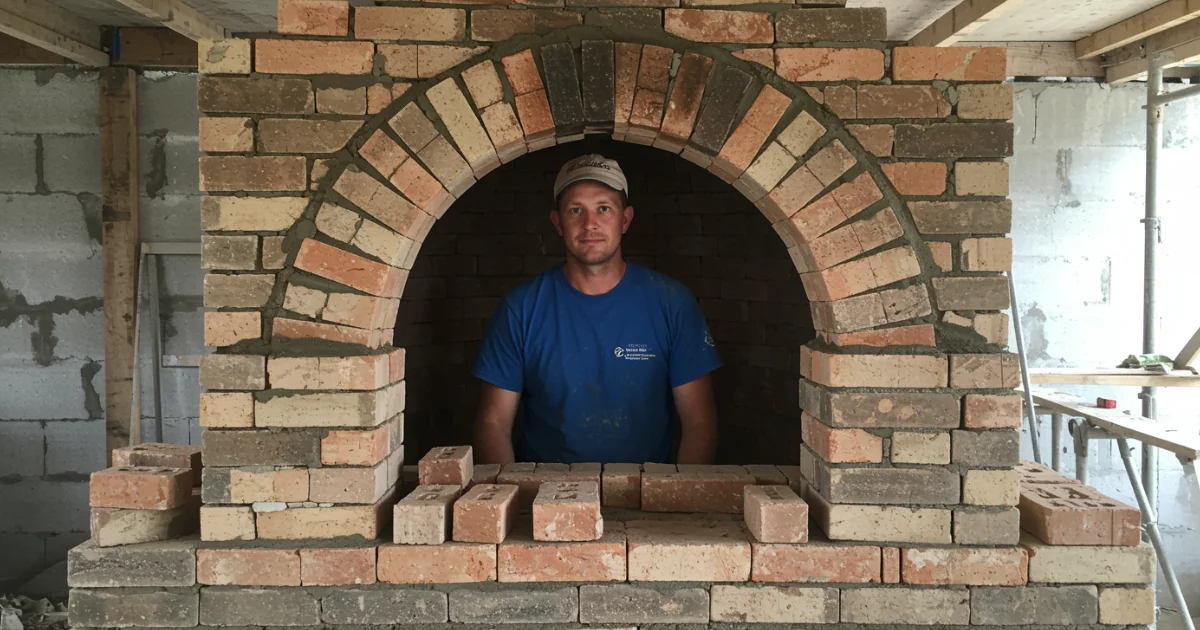Artisan

Great artisans are usually capable of:
- Using hands and arms in handling, installing, positioning, and moving materials.
- Performing precise and skillful manipulation of small objects.
- Being active and proactive in regards to physical activities that require considerable use of your arms and legs and moving your whole body, such as climbing, lifting, balancing, walking, stooping, and handling materials.
Strategist

Most strategists should excel at:
- Establishing long-range objectives and specifying the strategies and actions to achieve them.
- Analyzing information and evaluating results to choose the best solution and solve problems.
- Developing specific goals and plans to prioritize, organize, and accomplish your work.
- Scheduling events, programs, and activities, as well as the work of others.
Other work activities related to Refractory materials repairers, except brickmasons
- Relining or repairing ladles and pouring spouts with refractory clay, using trowels.
- Chipping slag from linings of ladles or removing linings when beyond repairing, using hammers and chisels.
- Mixing specified amounts of sand, clay, mortar powder, and water for forming refractory clay or mortar, using shovels or mixing machines.
- Measuring furnace walls for determining dimensions and cutting required number of sheets from plastic block, using saws.
- Tightening locknuts holding refractory stopper assemblies together, spreading mortar on jackets for sealing sleeve joints, and drying mortar in ovens.
- Drying and baking new linings by placing inverted linings over burners, building fires in ladles, or by using blowtorches.
- Removing worn or damaged plastic block refractory linings of furnaces, using hand tools.
- Fastening stopper heads to rods with metal pins to assembling refractory stoppers used to plug pouring nozzles of steel ladles.
- Climbing scaffolding, carrying hoses, and spraying surfaces of cupolas with refractory mixtures, using spraying equipment.







